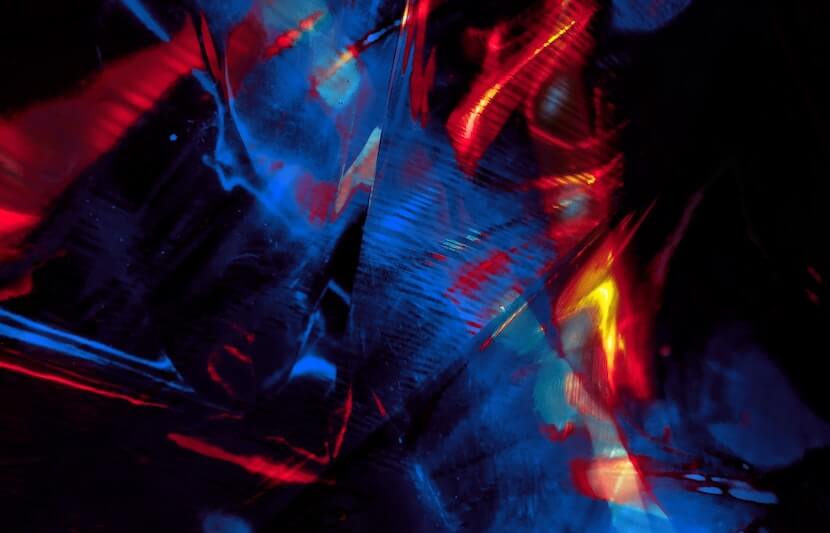What if the inert carbon dioxide in the atmosphere could be converted into a usable raw material? Plants do this during photosynthesis, turning carbon dioxide into oxygen and sugar when exposed to light.
Inspired by this process, physico-chemists at the University of Bonn in Germany have developed a new way to generate a reactive variant of carbon dioxide that could potentially be used as a basic material in the chemical industry.
The study is published in the journal Angewandte Chemie.
The Problem
Carbon dioxide, a greenhouse gas, is the number one pollutant leading to climate change, accounting for over 80 percent of U.S. greenhouse gas emissions in 2015. Carbon dioxide is emitted during a variety of daily human activities, including transportation, electricity generation, and burning of fossil fuels for industrial purposes.
As a result, one of the main goals of the environmental movement has been finding ways to limit carbon dioxide emissions as a means of controlling climate change.
Reappropriating atmospheric carbon dioxide for industrial use would tackle two goals at once.
“If successful, the impact of such an approach is immediately apparent: one can take advantage of the disconcerting greenhouse gas and at the same time, reduce the global dependence on crude oil as a chemical feedstock,” said Peter Vöhringer, a professor at the University of Bonn’s Institute for Physical and Theoretical Chemistry and corresponding author of the study.
In pursuit of this vision, scientists have been exploring various transition metal complexes to which carbon dioxide can bind. However, carbon dioxide is notoriously difficult to bind to other molecules.
Prior to the research by Vöhringer and his team, there were only three known modes of binding carbon to a transition metal.
The Study
But now the researchers at Bonn have revealed a fourth mode using an iron complex as the transition metal. In the iron complex, the constituents of carbon dioxide are bound multiple times around a positively-charged iron atom.
The researchers then shot ultrafast laser pulses of ultraviolet light at the iron complex. This process broke certain bonds, allowing the carbon dioxide to bind to the iron through one of its two terminal oxygen atoms.
The iron complex is thereby transformed into a new molecule, which carries carbon dioxide in its chemically reduced form.
“This means that the carbon dioxide is no longer the electro-neutral C02-molecule that everybody is familiar with (through the well-known greenhouse gas), but it rather exists in a negatively charged form that features an unpaired electron,” said Vöhringer.
This newly-formed molecule is known as a carbon dioxide radical anion. With only a single electron in its outer shell, this radical anion is a highly reactive molecule. This unpaired electron gives the radical anion the potential to be used as a building block for various chemical processes.
This new molecule is “a highly intriguing structure, which promises chemical reactivities that are yet to be explored,” said Vöhringer.
The researchers hope the reactive carbon dioxide variant could serve as a building block for a range of chemical products, including methanol for fuel, urea for chemical syntheses, and salicylic acid for pain medication.
The scientists performed this research using an infrared spectrometer. In the temporal resolution of millionths of a billionth of a second, the spectrometer captures “snapshots” of the vibrational spectra of the molecules. These snapshots create a “molecular motion picture,” visually demonstrating the process of the ultrashort laser pulses breaking down the bonds in the iron complex, allowing the carbon dioxide radical to form.
“The formation of the carbon dioxide radical within the iron complex changes the bonds between the atoms, which reduces the frequency of the characteristic carbon dioxide vibration,” Steffen Straub, University of Bonn graduate student and lead author, said in a statement.
By measuring the change in the frequency of the carbon dioxide vibrations, the scientists were therefore able to analyze the formation of the carbon dioxide radical.
The researchers then tested the results of their experiment against a computer simulation of the molecules’ vibrational spectra. By comparing their original measurements to the computer’s calculations, they were able to definitively determine that the laser pulses actually do produce the carbon dioxide radical.
What’s Next?
The researchers believe that their findings could reinvigorate research into carbon dioxide activation by transition metal complexes.
“Our findings have the potential to fundamentally change ideas about how to extract the greenhouse gas carbon dioxide from the atmosphere and use it to produce important chemical products,” Vöhringer said in a statement.
Moving forward, they intend to further research the chemical reactivities of the new binding mode in order to understand how it may be applied to industrial use.
There are still hurdles to navigate before their discovery can be applied in the real world. The use of laser pulses is too inefficient for industrial use, so in order for the conversion process to be adopted for those purposes, a catalyst would have to be developed to perform the role of the laser pulses.
Nevertheless, “our results provide clues as to how such a catalyst would have to be designed,” Vöhringer said in a statement.



